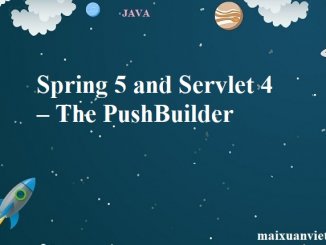
Spring 5 and Servlet 4 – The PushBuilder
1. Introduction The Server Push technology — part of HTTP/2 (RFC 7540) — allows us to send resources to the client proactively from the server-side. […]

1. Introduction The Server Push technology — part of HTTP/2 (RFC 7540) — allows us to send resources to the client proactively from the server-side. […]

1. Overview The tutorial illustrates how to create a Web Application with Spring. We’ll look into the Spring Boot solution for building the application and also […]

1. Overview In this tutorial, we’ll write a simple application showcasing a fully reactive flow using Spring Data Reactive MongoDB and Spring SSeEmitter. On one side, we’ll apply Spring […]

1. Overview The use of filters is widespread in web applications since they give us a way to modify a request or response without changing […]

1. Overview Spring 5 brought a new PathPatternParser for parsing URI template patterns. This is an alternative to the previously used AntPathMatcher. The AntPathMatcher was an implementation of Ant-style path pattern matching. PathPatternParser breaks […]

1. Overview In this tutorial, we’re going to examine the WebClient, which is a reactive web client introduced in Spring 5. We’re also going to look […]

1. Introduction In this article, we’ll explore new features of the Spring Security 5 framework for securing reactive applications. This release is aligned with Spring 5 and […]
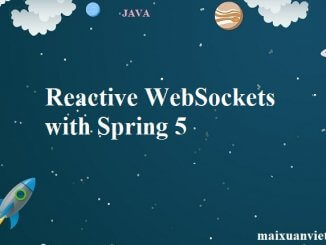
1. Overview In this article, we’re going to create a quick example using the new Spring 5 WebSockets API along with reactive features provided by […]

1. Introduction Spring WebFlux is a new functional web framework built using reactive principles. In this tutorial, we’ll learn how to work with it in […]
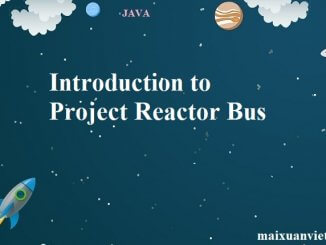
1. Overview In this quick article, we’ll introduce the reactor-bus by setting up a real-life scenario for a reactive, event-driven application. NOTE: The reactor-bus project has been […]
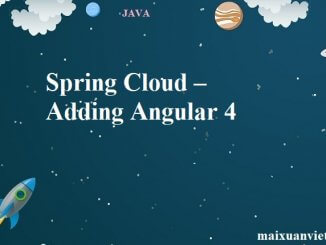
1. Overview In our last Spring Cloud article, we added Zipkin support into our application. In this article, we’re going to be adding a front-end application to […]

1. Overview So far, in our cloud application, we’ve used the Gateway Pattern to support two main features. First, we insulated our clients from each […]

1. Overview In this article, we’re going to cover setting up a Spring Boot application on Heroku using Spring Cloud Connectors. Heroku is a service […]
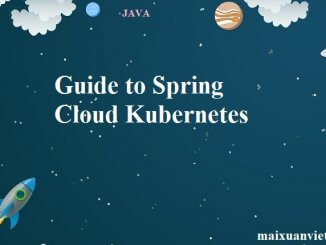
1. Overview When we build a microservices solution, both Spring Cloud and Kubernetes are optimal solutions, as they provide components for resolving the most common challenges. However, if we […]
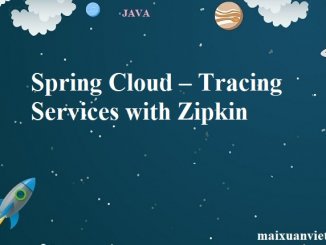
1. Overview In this article, we are going to add Zipkin to our spring cloud project. Zipkin is an open source project that provides mechanisms for sending, receiving, storing, and […]

1. Introduction In this tutorial, we’ll learn how to use Spring Cloud Function. We’ll build and run a simple Spring Cloud Function locally and then deploy […]

1. Introduction In this quick article, we’re going to build a Spring Cloud application that uses instance profile credentials to connect to an S3 bucket. […]

1. Simple S3 Download Let’s start by easily accessing files stored on S3: 2. Simple S3 Upload We can also upload files: 3. S3 URL […]

1. EC2 Metadata Access The AWS EC2MetadataUtils class provides static methods to access instance metadata like AMI Id and instance type. With Spring Cloud AWS we can inject […]
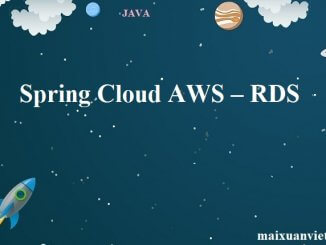
1. RDS Support 1.1. Simple Configuration Spring Cloud AWS can automatically create a DataSource just by specifying the RDS database identifier and the master password. The username, JDBC […]
